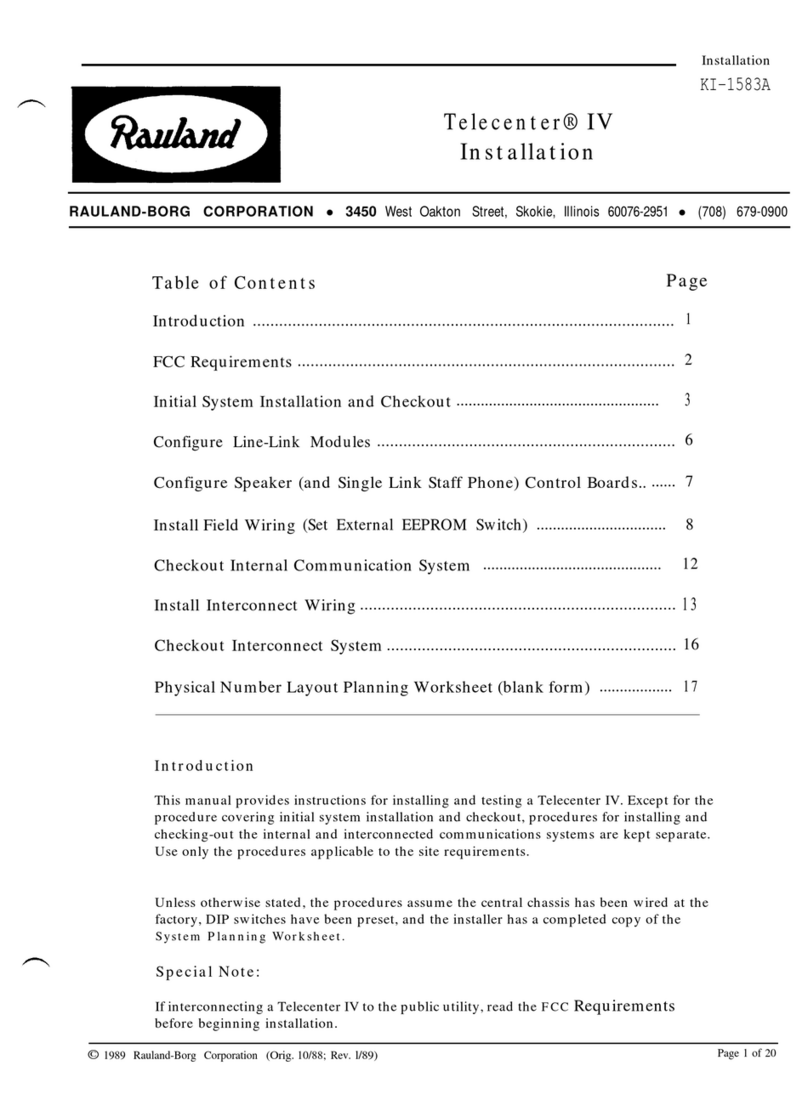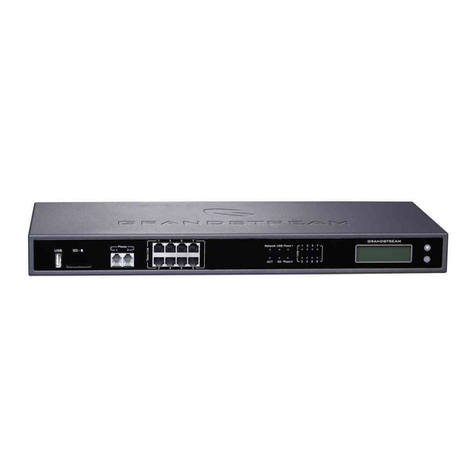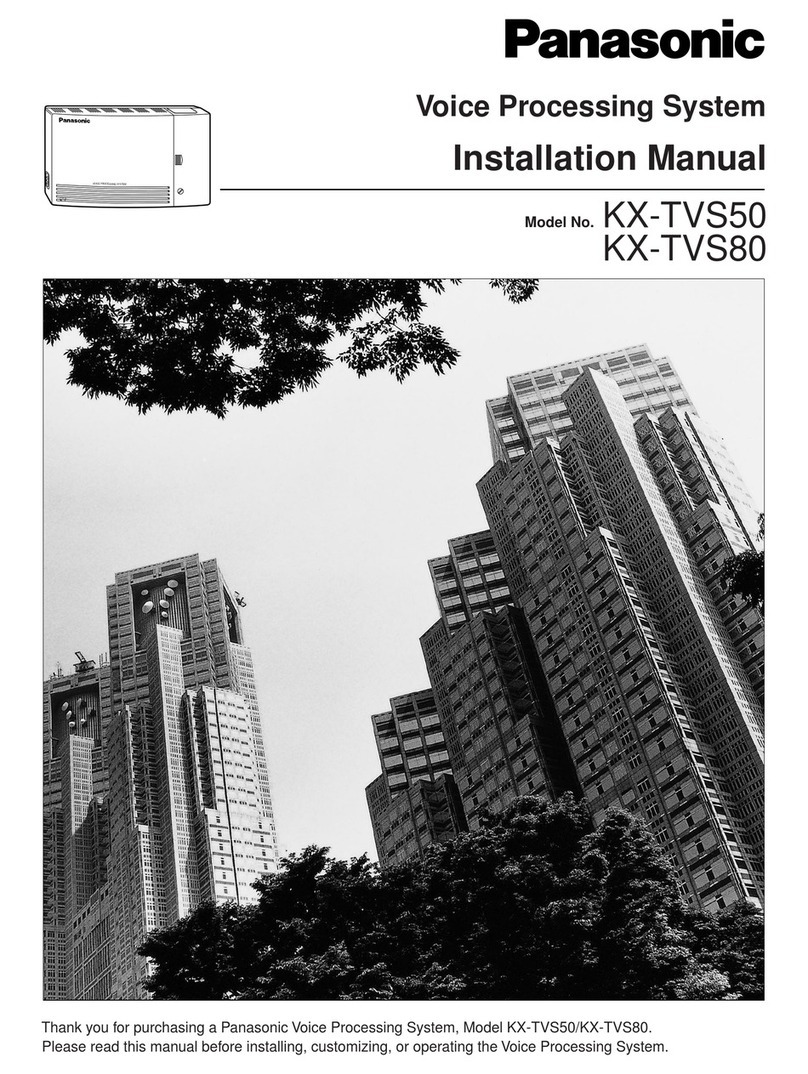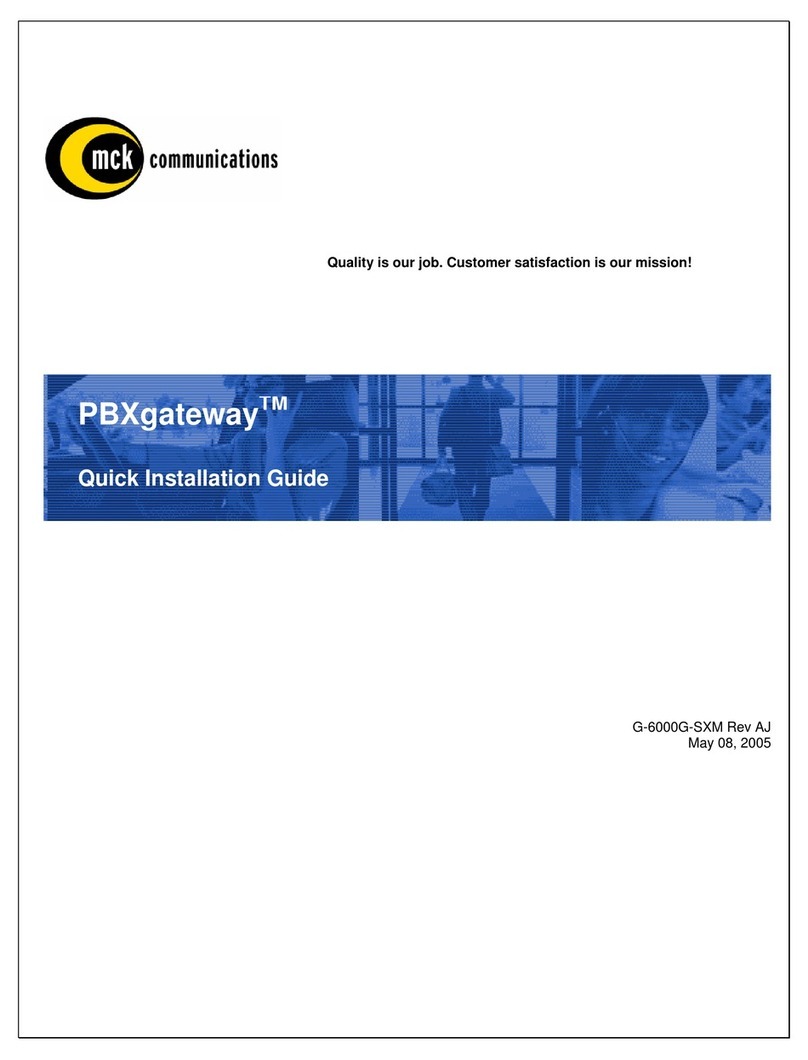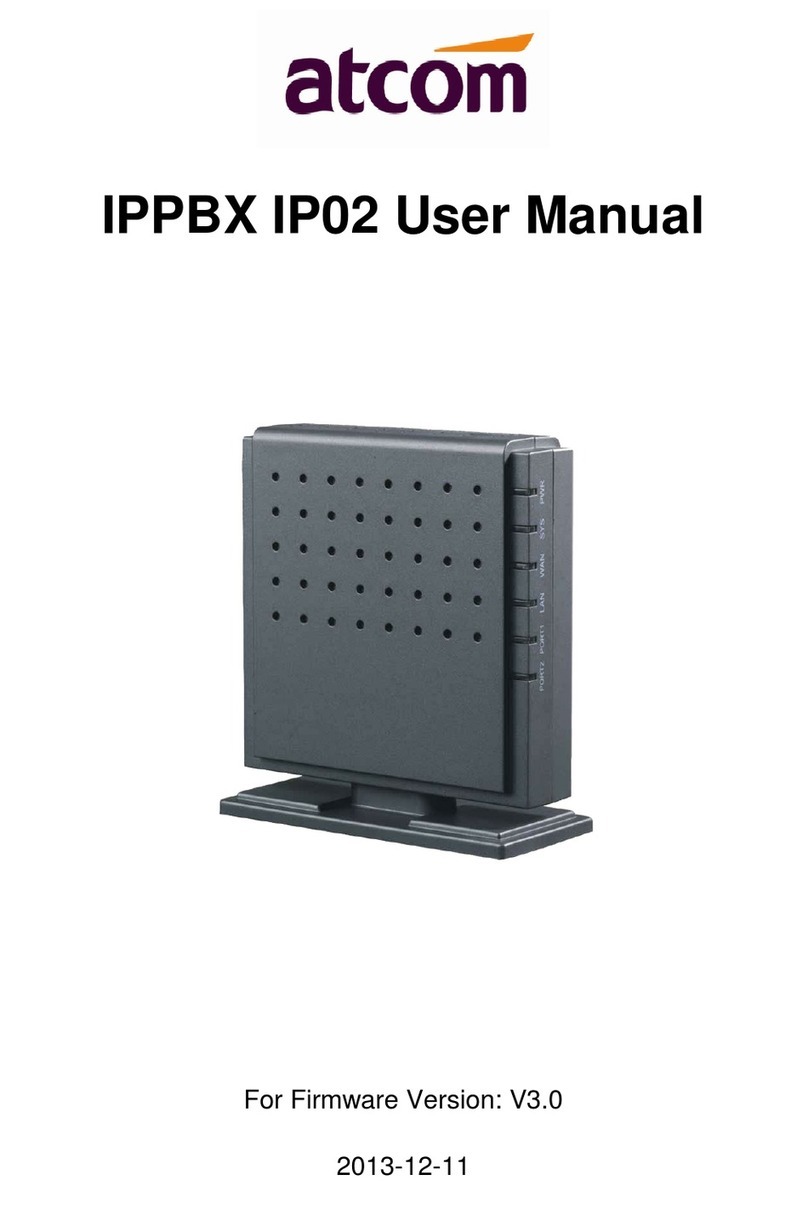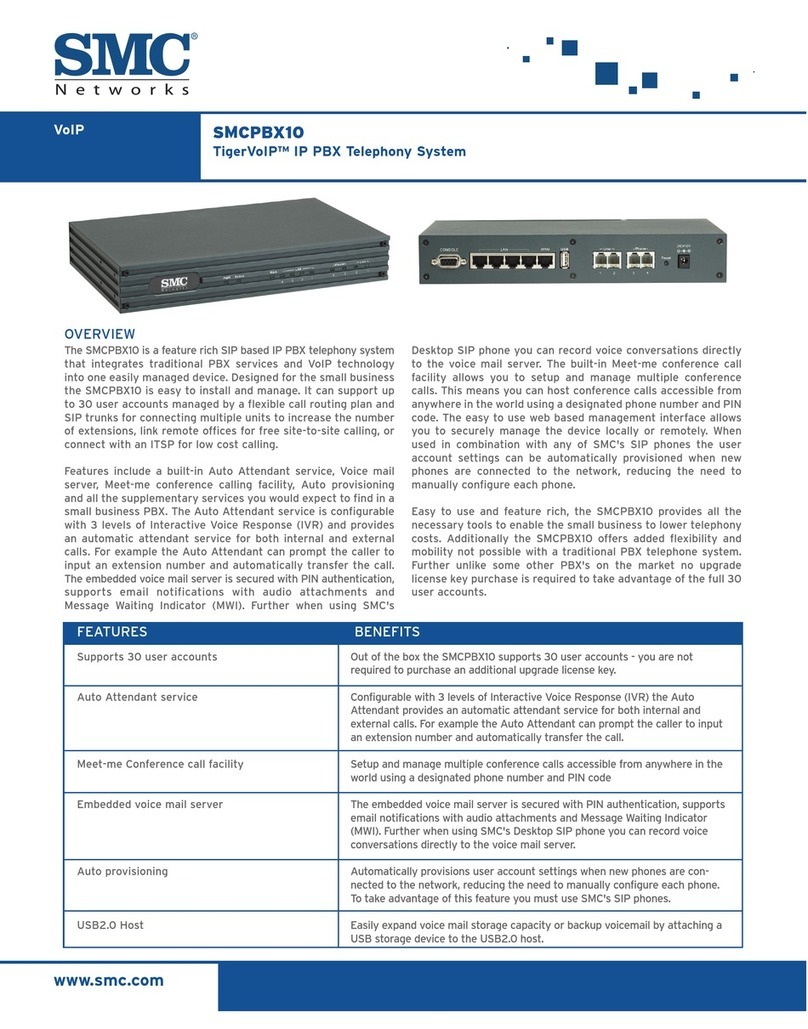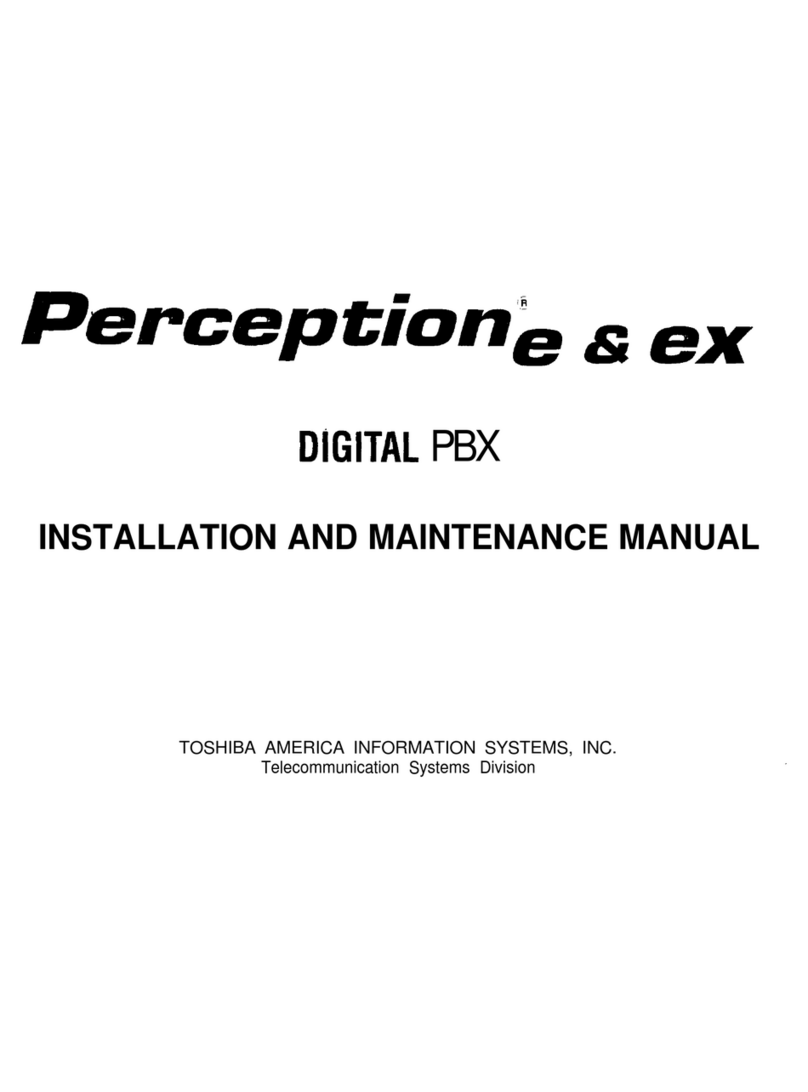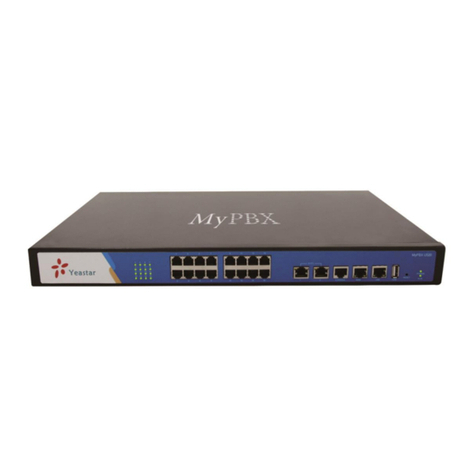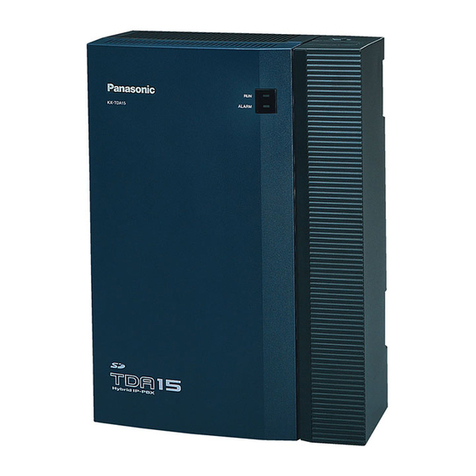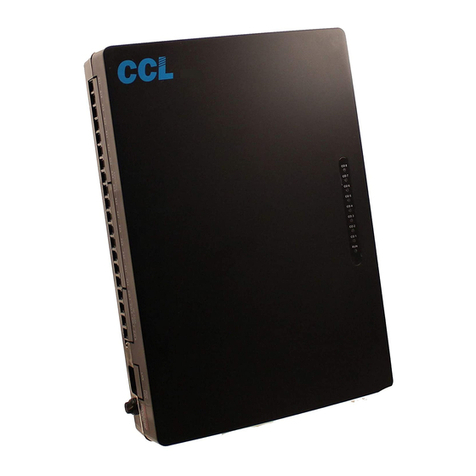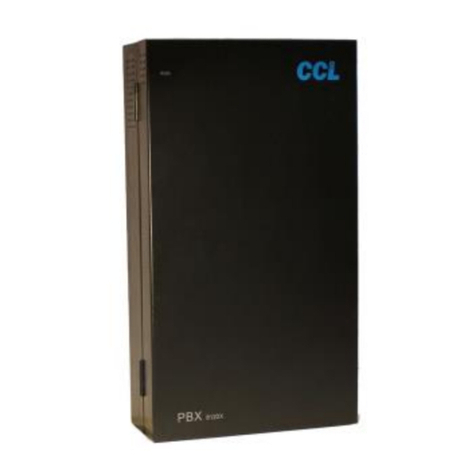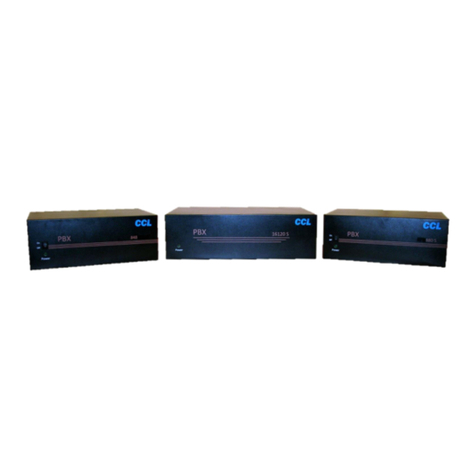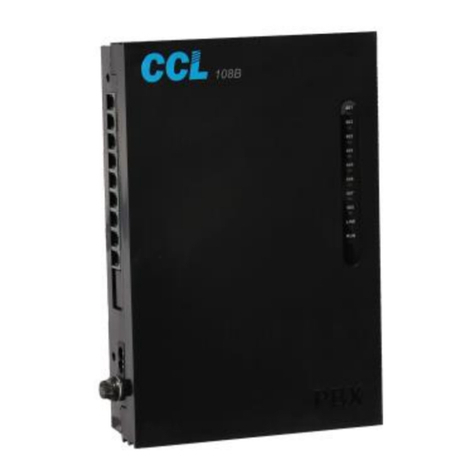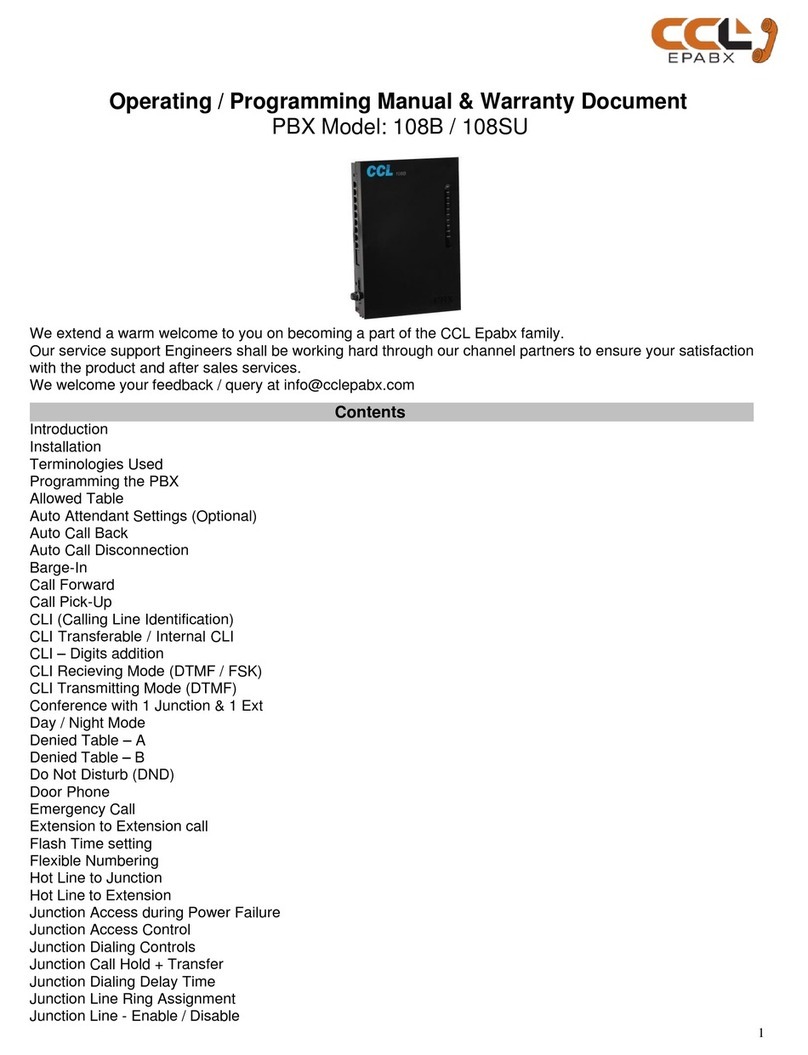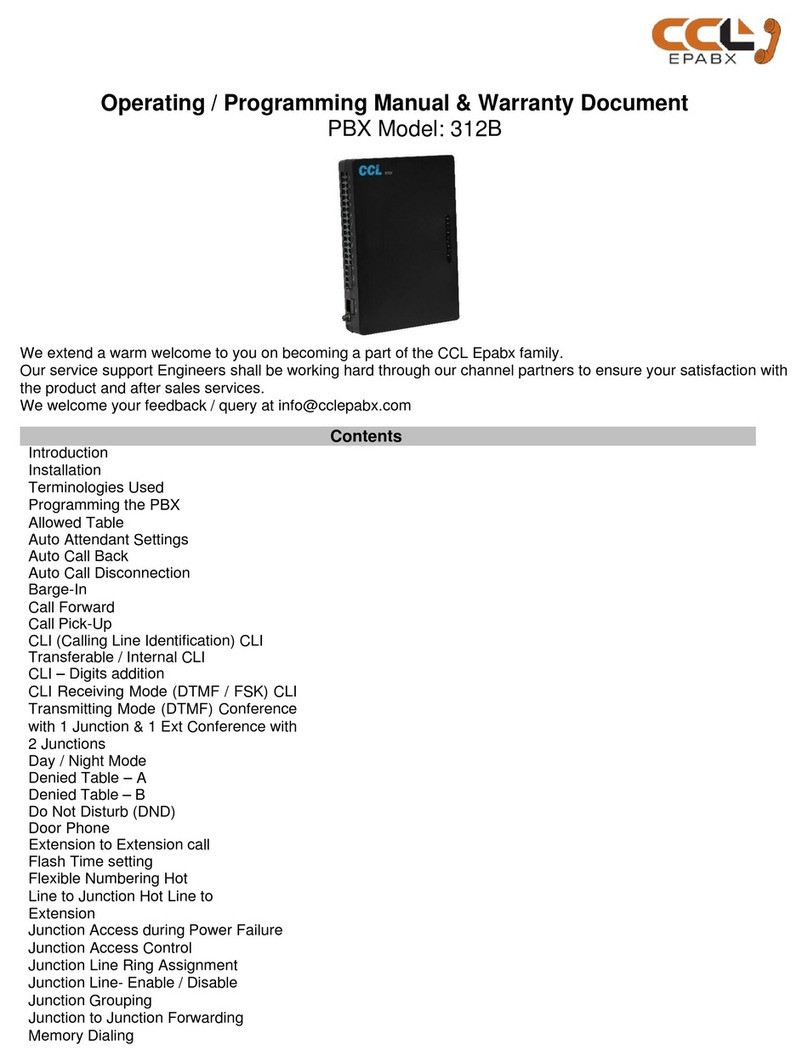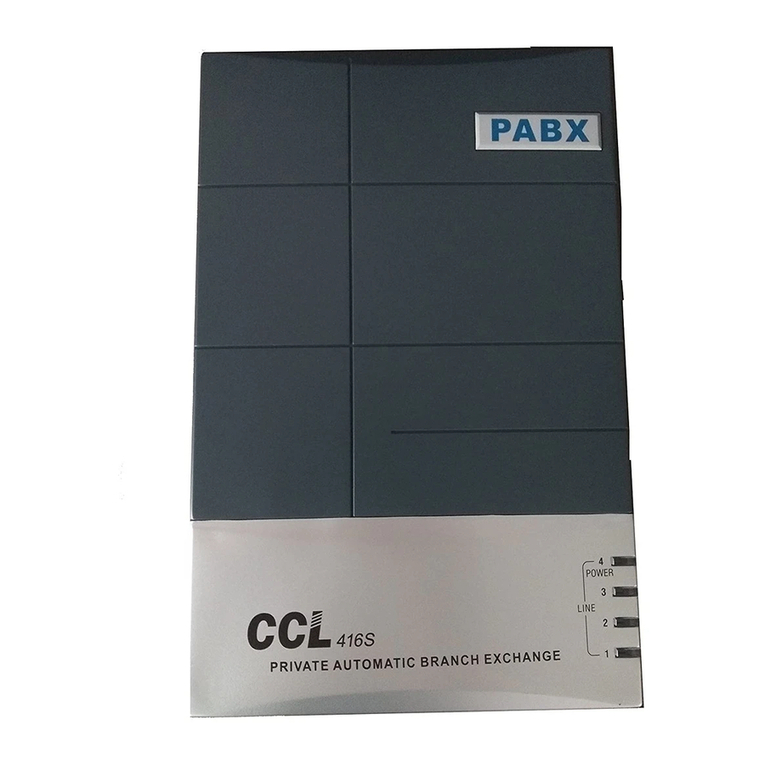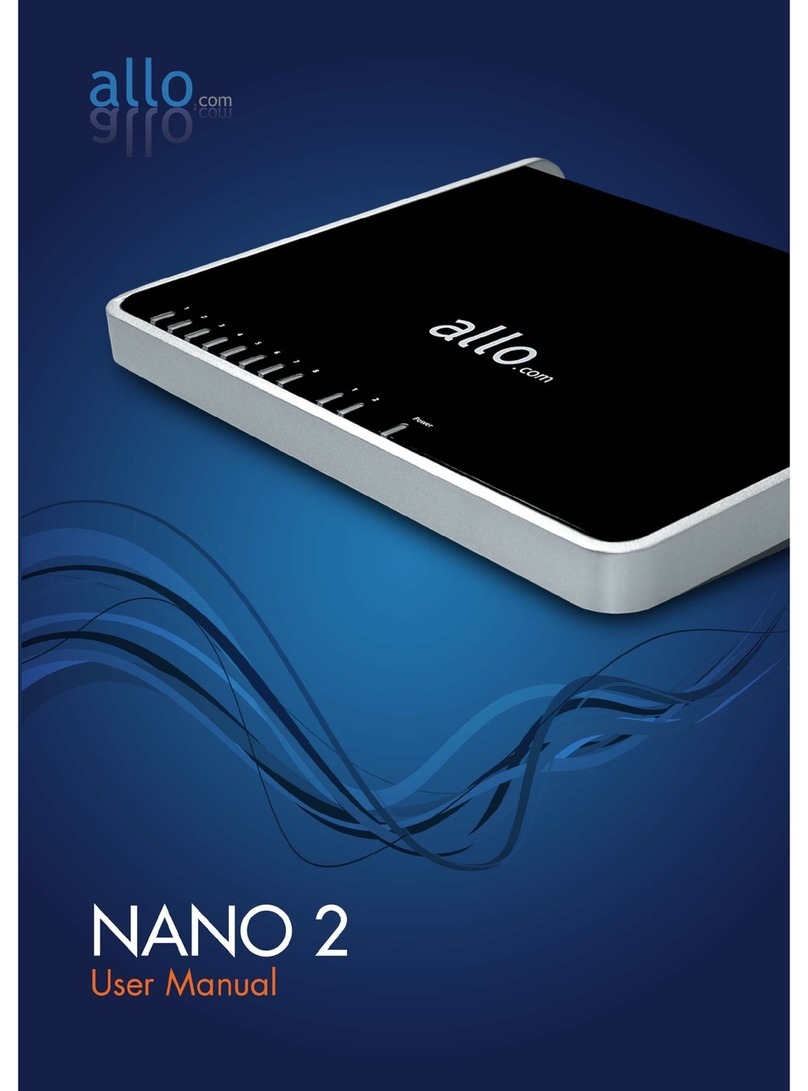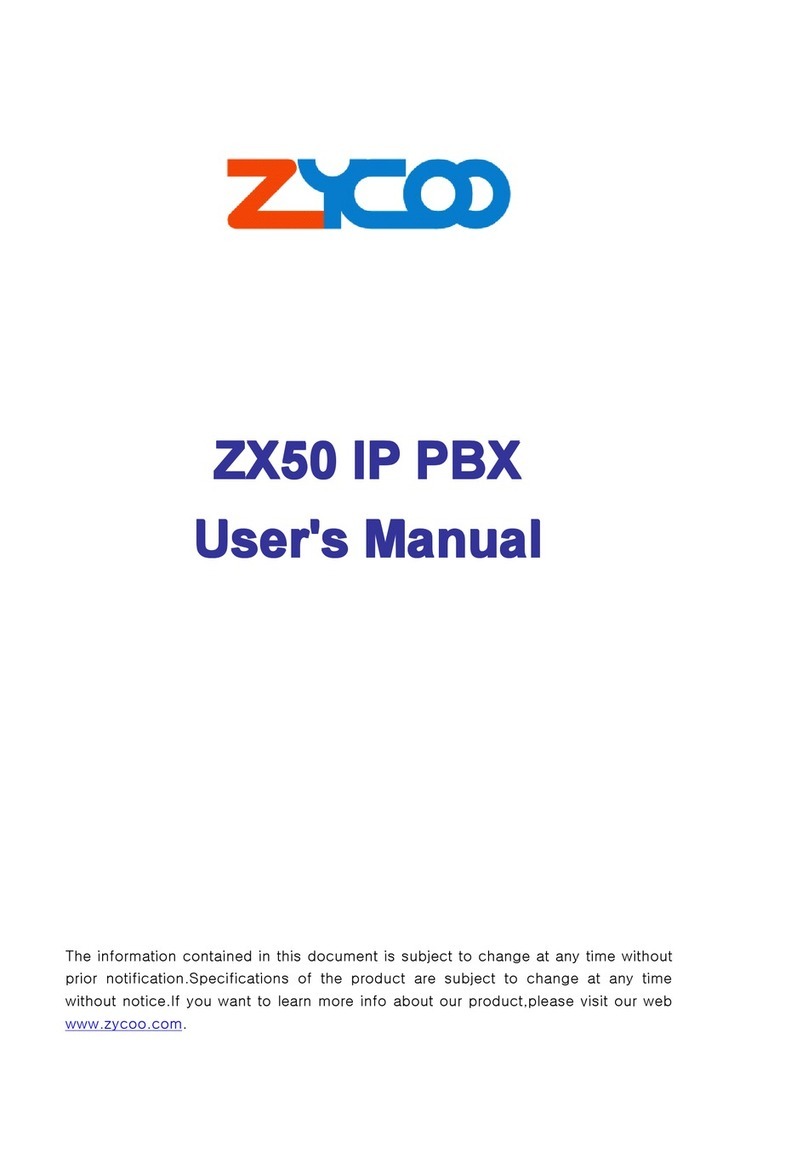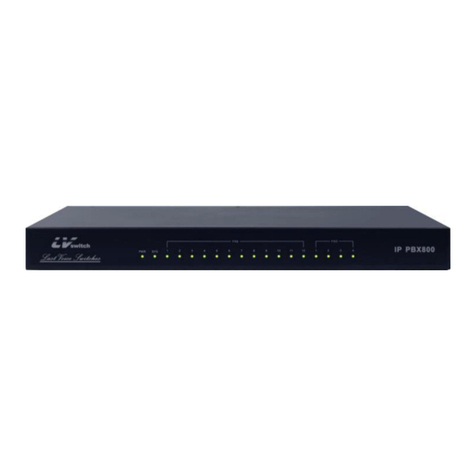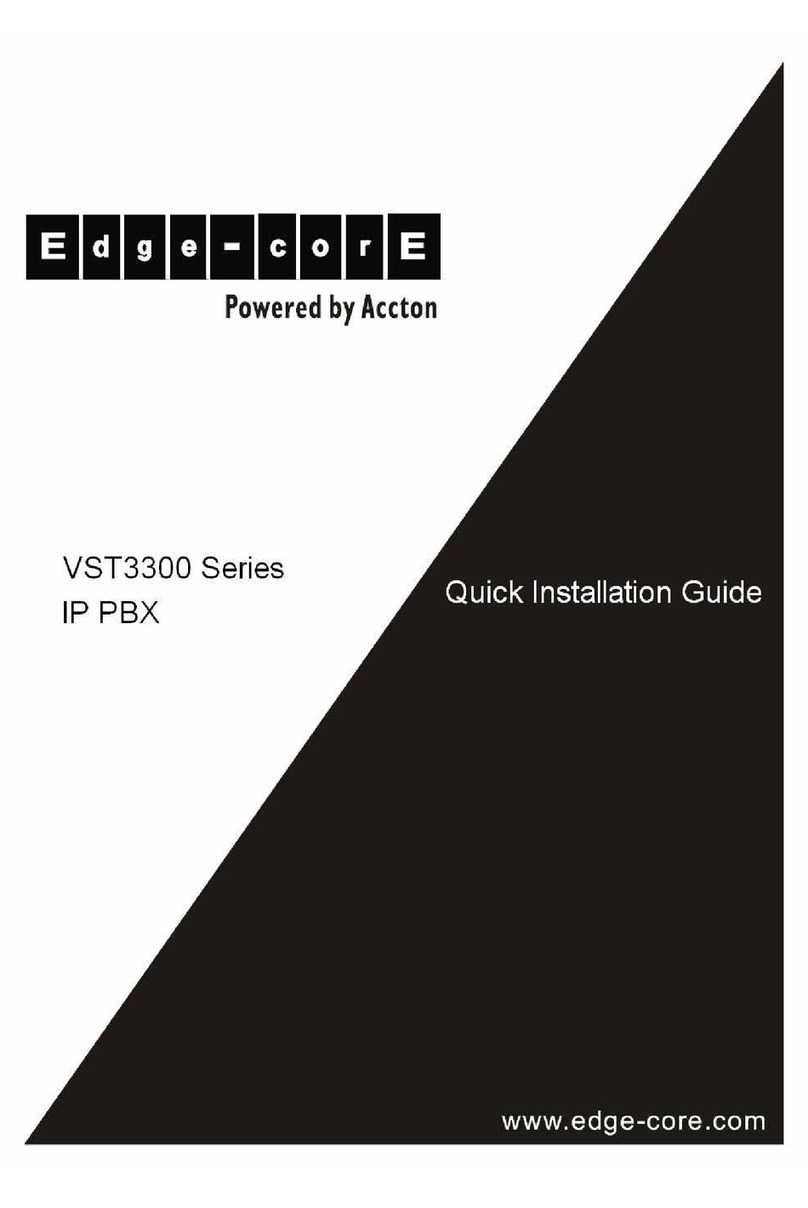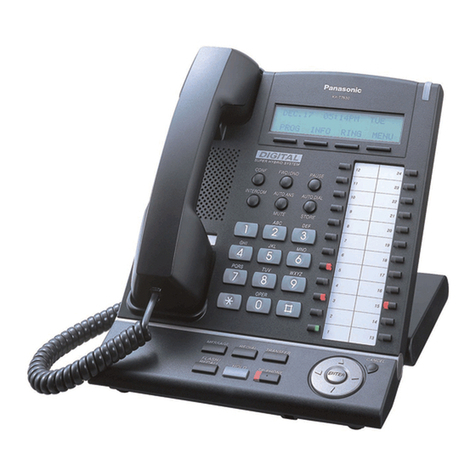9
.Checking Extension Number + PBX Version .
To know the extension number of an extension or PBX date or PBX time, do the following:
From SLT extension having CLI Telephone Set
Dial # 62 and keep the handset down.
The extension will ring and its number shall be displayed on the CLI phone. The display may show a 5 digit
number. In that case the last 3 digits would be the Extension number.
Dial # 64 –To see the PBX version
In case of SLT phone 1st 4 digits are for Main card version, next 4 digits are for CLI card Version, next 4 digits are for
GSM1 card version and last 4 digits are for GSM2 card version.
If a card is not present or its version status is unavailable then 0000 will displayed.
In case of KTS phone system version is displayed as given below-
SYS Version (3 digits)/CLI version (3 digits)/GSM1 version (3 digits)/GSM2 version (3 digits)/
From SLT extension having Telephone Set w/o CLI
Dial # 60 –to know the last 2 digits
Hear tones denoting 2 digits of Extension number.
Example:If the extension number is 601, you will hear 10 Tones and then 1 Tone with a gap of 1.5 secs.
10 Tones indicate digit number 0 and 1 Tone indicates digit 1.
.CLI (Calling Line Identification) .
The incoming Junction call telephone number is displayed on the LCD of the CLI phone on which the defined Junction call
rings. This feature will work with Telephones having CLI feature.
.CLI Transferable / Internal CLI .
When a Junction call is transferred from an extension to another extension, the external telephone number is displayed on
the LCD of the CLI phone. When an extension calls another extension, Extension number is displayed on the LCD of the
CLI phone.
.CLI –Digits addition .
Some CLI Telephones cannot display less than 4 digit numbers. In that case if the PBX extension numbers are less than 4
digits then additional dummy Zeros need to be added by the PBX.
Procedure:
To Enable, Dial #0000 + 180 1 #
To Disable, Dial #0000 + 180 0 #
Note- If CLI digit addition is enable then if extension is of 2 digits then 2 dummy zeros are added before extension number
and if the extension number is of 3 digits then a zero is added before the extension number.
Default: Disabled
.CLI Receiving Mode (DTMF / FSK ) .
The system senses CLI on Junction lines in DTMF mode or FSK mode.
NOTE : Make sure the jumper SIP2 on CLI card is shorted. There will be no CLI received from Junction without it.
Procedure:
Dial #*0000 + 181 J 0# for FSK mode
Dial #*0000 + 181 J 1# for DTMF mode
Where J is Junction number 1,2,3,4,5,6,7,8
To read CLI before ring-
Dial #*0000 + 1812# for DTMF mode
Dial #*0000 + 1813# for FSK mode
Default: FSK mode
.CLI Transmitting Mode (FSK)
.
The PBX generates CLI on Extensions in FSK mode in default.
For other modes, program is:Only FSK CLI Transmit mode.
.Conference- Internal .
An extension user can establish a conference with other extensions.
All extensions can come into conference as well, there is no limitation of users.
Process: Dial *1 Ext No to dial the first extension of conference.
Now any of the two can directly dial an Ext No to take that extension into conference.
But, if the initiator keeps down the phone, conference gets terminated.
An extension can be allowed or Disallowed to initiate conference.
